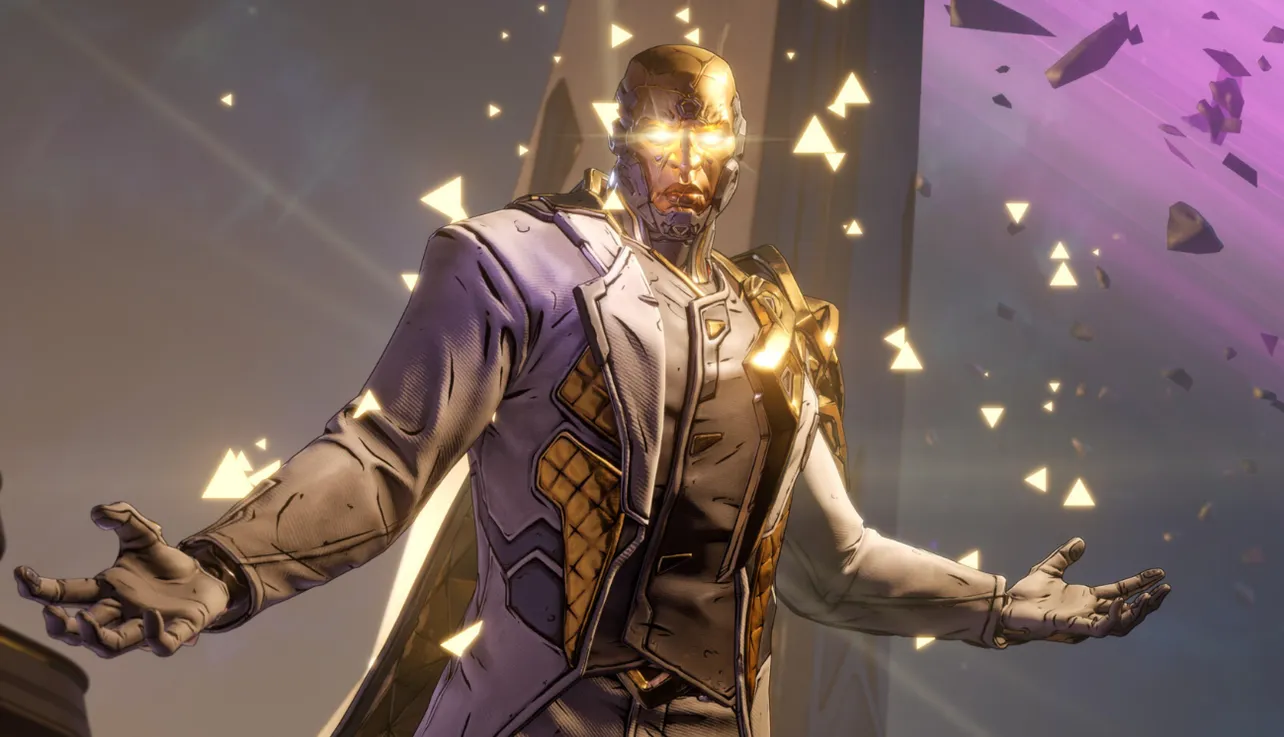Who the Timekeeper is on Kairos
The Timekeeper is the iron-fisted ruler of Kairos, a hidden prison world that spent ages behind a planetary cloak. He runs the planet through “order” — a literal regime enforced by synthetic soldiers called the Order and implant “Command Bolts” that let him override a person’s will. His tone is composed and meticulous, but the system is totalitarian by design. He has been on Kairos for a very long time, long enough to build a self-sustaining, tightly controlled society with a central seat of power in the city of Dominion.
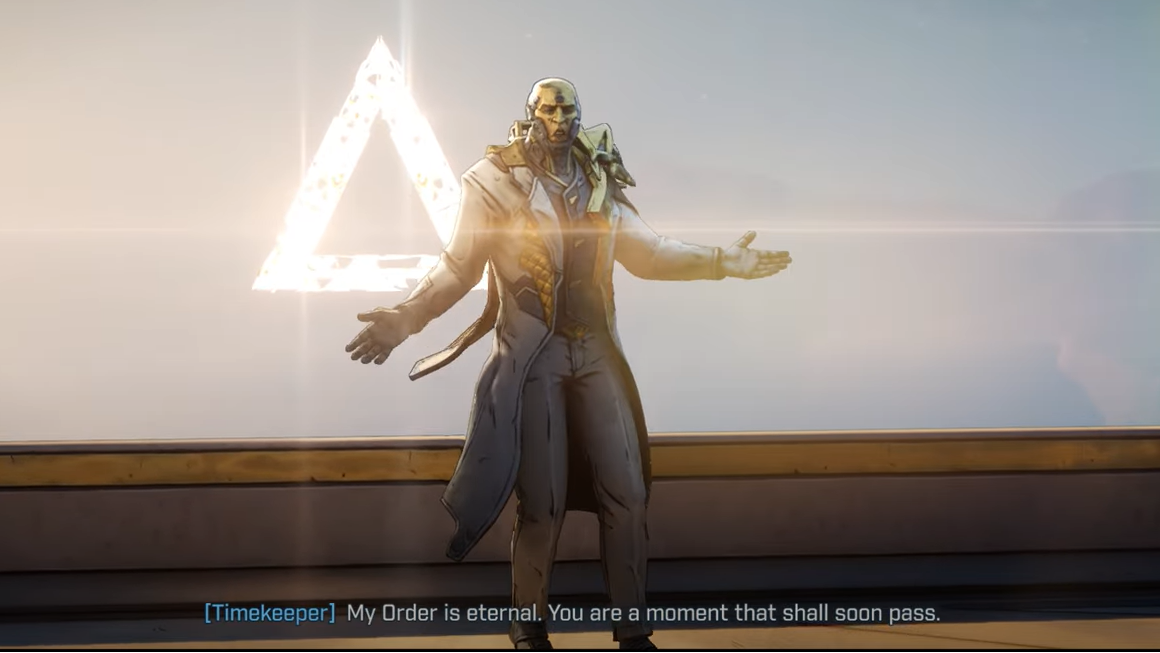
The status quo shatters when Elpis, Pandora’s moon, arrives in Kairos’ orbit. The impact rips down the planetary veil, exposes the planet to the wider universe, and sparks resistance. Some inhabitants tear out their Command Bolts and rally into new factions; others double down behind the Order. That rupture is the on-ramp for the campaign: you’re pushing into a system built for perfect control, while its architect starts losing his grip.
Why he’s called the Timekeeper
Eridian naming is purpose-first. “My name is my purpose,” is the ethos that runs through entities like the Warrior, the Destroyer, the Watcher — and here, the Timekeeper. In practice, the title is literal: he serves as the keeper of a Primordial Vault that isn’t a treasure chest but a moment — a locked point near the end of chronological time.
Late in the story, a future version of Lilith appears at that vault and makes the stakes explicit: linger and you’ll be erased with the universe-ending event this moment precedes; leave with what she gives you and there’s a chance to avert it. The Eridians believed opening this vault fixes the end; Lilith frames opening it as the only viable path to preventing the worst outcome. The Timekeeper’s “duty,” then, is less about freezing clocks and more about guarding the trigger — and, by extension, the narrow path to avoid it.
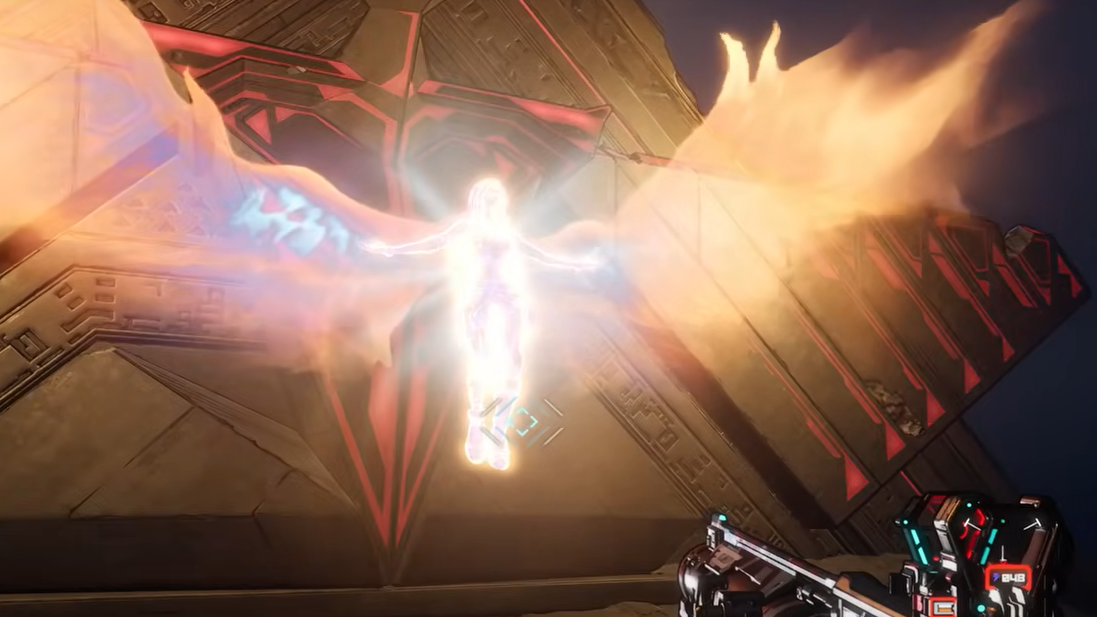
He does exhibit a separate ability to suspend aging in at least one case, but that power is incidental to his role as warden of the end-time vault.
Primordial Vaults and the guardians he made
Kairos holds more than the final vault. You’ll encounter other Primordial Vaults and their guardians — Inceptus, Origo, Radix — that break the usual Eridian naming pattern. That’s a clue. The Watcher implies these were created by the Timekeeper himself and imbued with slivers of his power. The working theory inside the game’s lore is straightforward:
- They are “knock-off” vaults built in his image, not original Eridian vaults.
- Their purpose was exploratory or compensatory — tools to understand what he is, to contain threats, or to seek a replacement for a burden he can’t set down.
- Their existence explains why their guardians don’t act like classic vault monsters and why their names read like roots and origins rather than tasks.
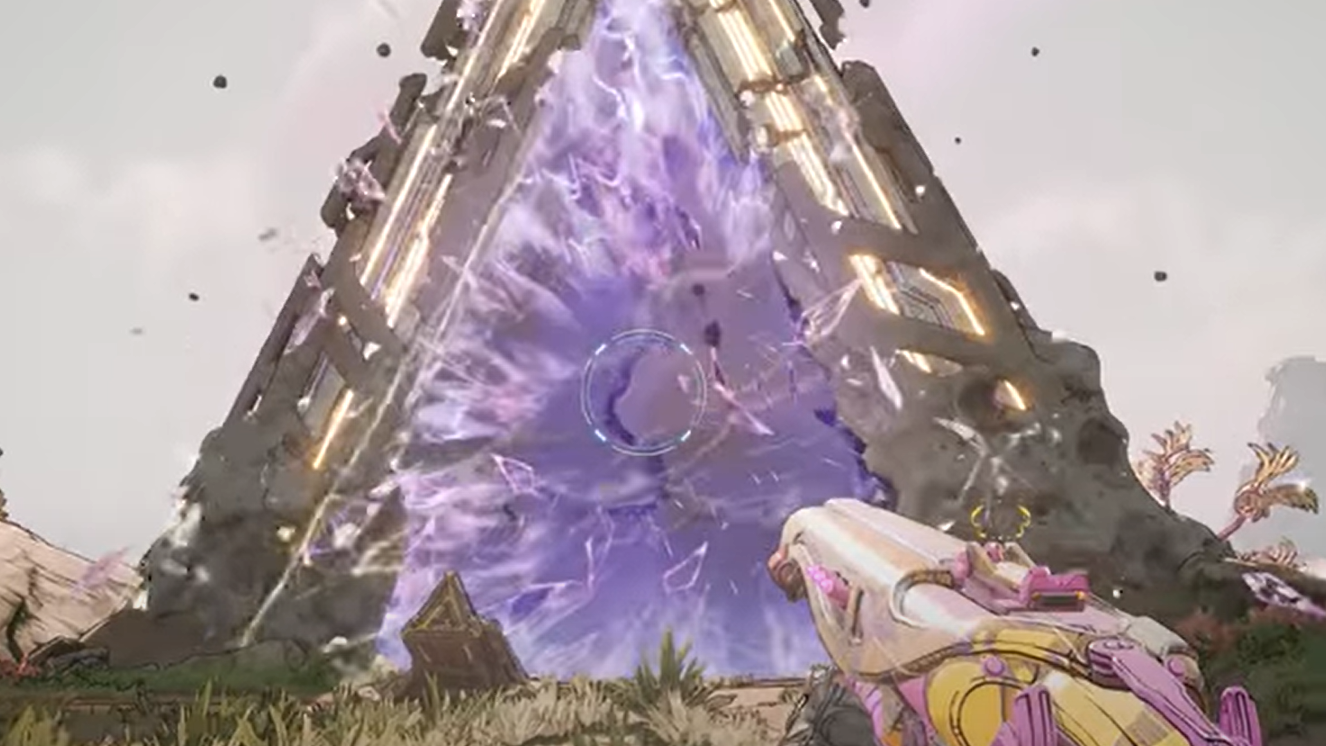
Read this alongside the Timekeeper’s demeanor in the back half: more resignation than rage. By the time you face him, he feels like a being that has tried every structured approach to maintain a cosmically doomed schedule — and is finally relieved to be released from it.
How his control works (and where it breaks)
The Timekeeper’s control has three layers you can observe while playing:
- Planetary concealment: The cloak that hid Kairos from the galaxy. It fails when Elpis arrives.
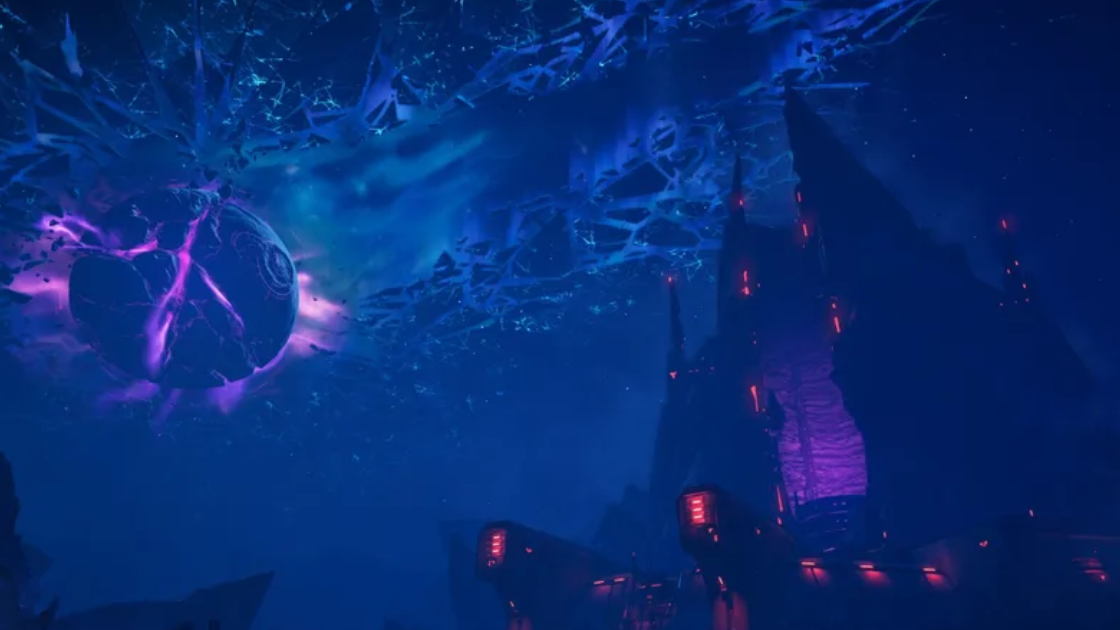
- Command Bolts: Cybernetic implants that let him seize an individual’s body, voice, and trigger finger. You see him “speak through” key figures and force harrowing acts more than once. The threat scales from intimidation to mass execution.
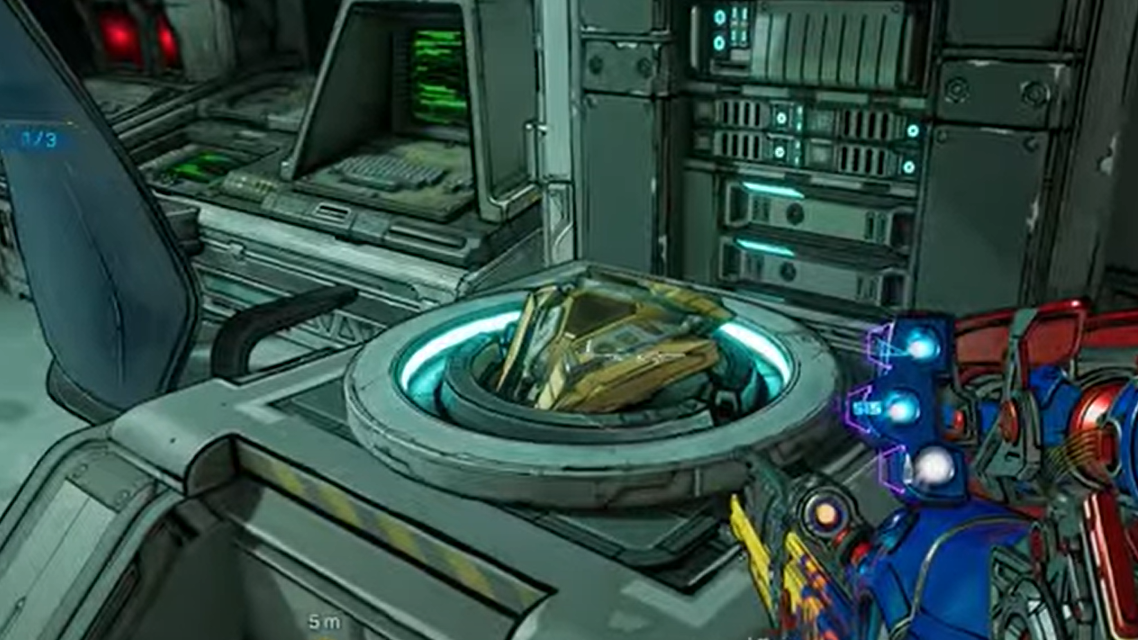
- The Order and infrastructure: A mobile, obedient army and a web of surveillance and propaganda that keeps regions compliant even without constant direct possession.
The control isn’t absolute. Factions develop countermeasures; your companion drone can jam bolt overrides when it’s active; chaos across the planet creates windows the Order can’t close immediately. There’s also a behavioral limit: for most of the story, he prefers “gardening” — letting human systems tangle and prune themselves under the illusion of choice — instead of flattening everything at once. When you breach Dominion and the endgame is on the line, he drops the pretense and uses possession as a blunt instrument.
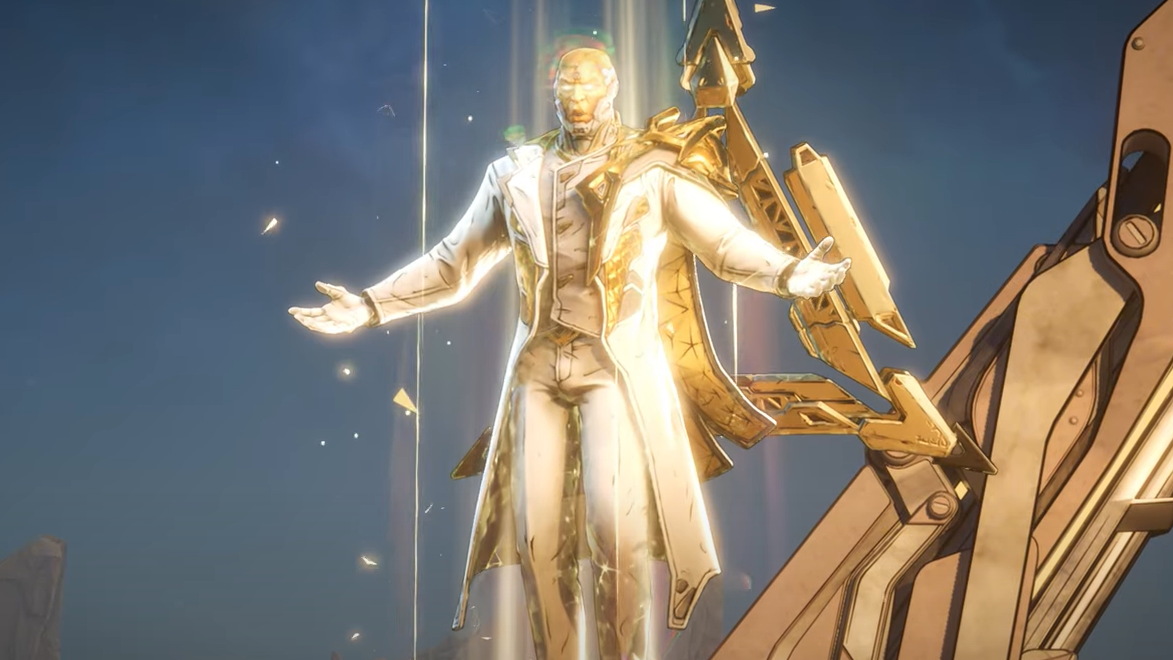
Players have pointed out moments where he could have ended the resistance earlier if he’d leaned on his strongest tools. Within the fiction, that’s part ideology and part hubris: order as a philosophy that expects rebellion to be predictable and containable, right up until it isn’t.
What the vault actually is — and what Lilith changes
The Primordial Vault on Kairos safeguards a temporal threshold, not a weapon. It’s a door to a near-final instant where the universe as we know it effectively ends. Future Lilith sits at the fulcrum. She presents an object tied to that moment, and the choice around it feeds the franchise’s larger arc about the looming “war” the Watcher has teased since earlier games.
Key takeaways from that encounter:
- The vault’s contents are time — “a moment” — not matter.
- Opening it determines the end-state; using what Lilith hands over is framed as the only shot at avoiding that end-state.
- Sirens aren’t fixed to a single destiny. Even a vision of Lilith ending everything lands as a possibility, not a prophecy carved in stone.
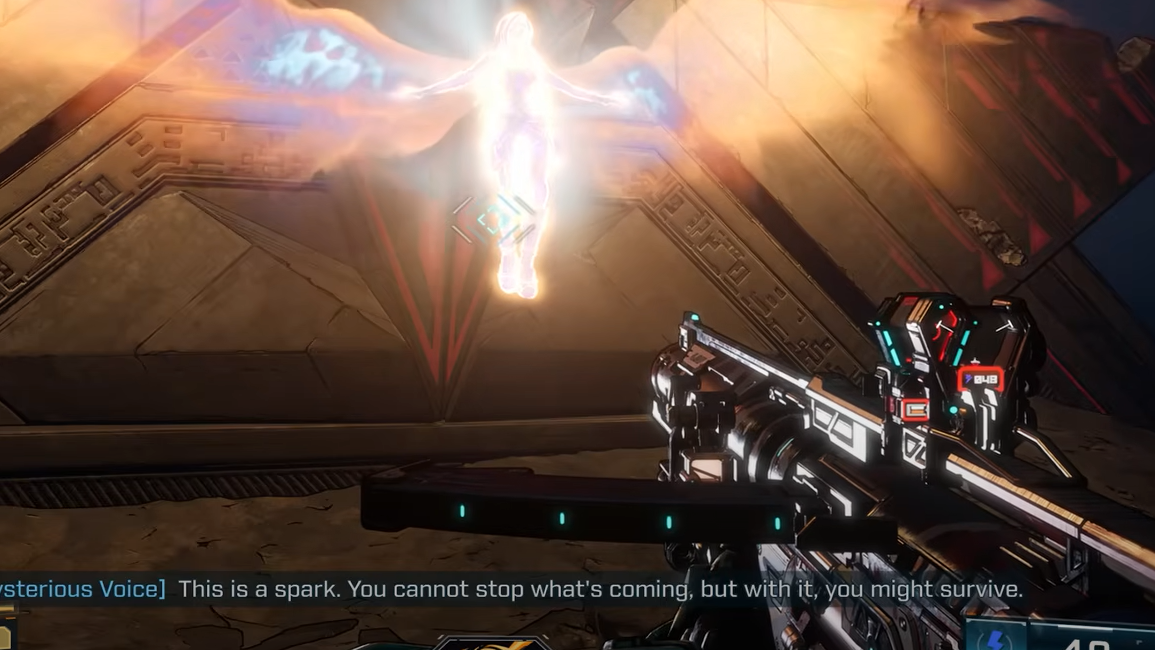
This reframes the Destroyer — long treated as the series’ existential apex — as adjacent rather than ultimate. Borderlands 4 uses the Timekeeper and the end-time vault to tip the universe toward a clearer, still-distant confrontation.
Boss fight: where to find him, how he fights, what he drops
| Detail | What to expect |
|---|---|
| Encounter | Main mission “The Timekeeper’s Order” |
| Location | Upper Dominion, Terminus District (Dominion) |
| Health bars | Shield → Armor → Flesh |
| Element flow | Shock (shield), then Corrosive (armor), then Incendiary (flesh) |
| Key attacks | Leap-slam with triangular ground marker; dual sweeping hand lasers |
| Basic counters | Dash sideways as the slam marker “locks” on; crouch under laser sweeps |
| Second Wind fodder | Flying Observers spawn during the fight |
| Farm status | Repeatable via the Moxxi’s Big Encore machine outside the arena after the mission |
| Notable drop | Borstel Ballista (Legendary Sniper Rifle) |
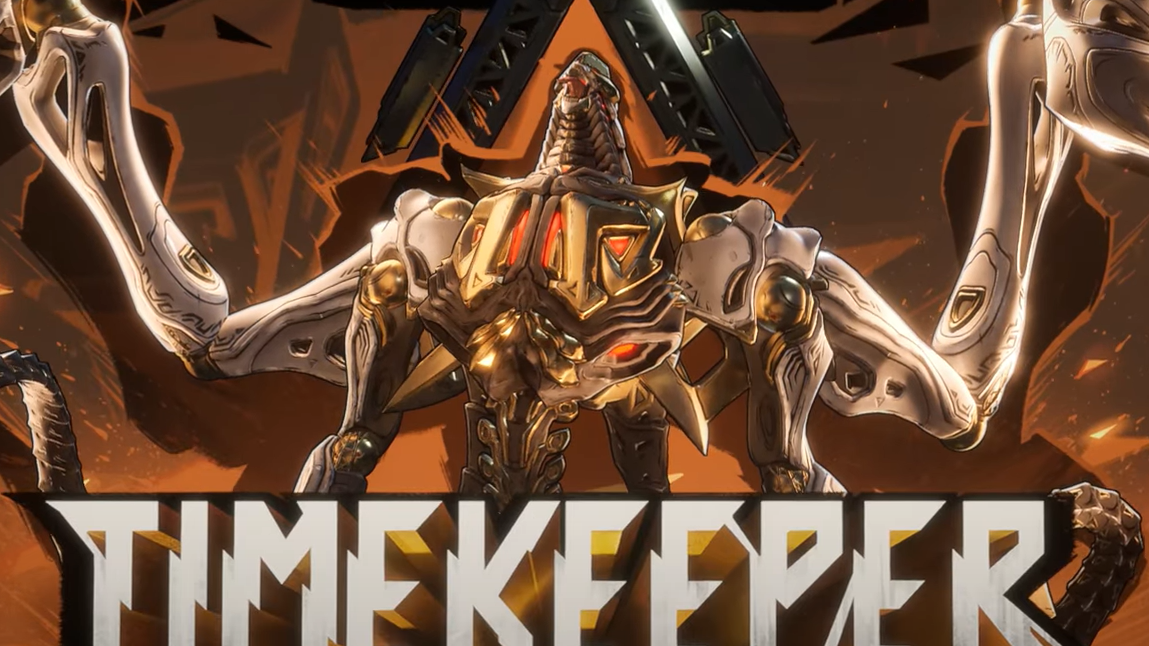
Loose threads the game leaves on purpose
Borderlands 4 resolves the who and the what of the Timekeeper and the Kairos vault, but it deliberately leaves connective tissue for future stories:
- Who set the assignment: The Eridians’ hand in appointing a “keeper of time” is heavily implied, but the chain of command is still out of frame.
- The Watcher’s agenda: The Watcher’s presence and hints about primordial creations widen the frame beyond a single villain, and toward the long-foreshadowed war.
- Nyriad and the Seventh Siren thread: The Siren mythos remains open-ended by design; what happens in the Phase doesn’t bind every outcome.
- The Order’s tech stack: Command Bolts, possession range, and jamming are shown in action, but the exact constraints are left intentionally soft to keep the focus on story beats rather than schematics.
Why he matters to the series
The Timekeeper is a pivot: away from performative villainy and toward a colder philosophy of control, and away from vaults as loot boxes and toward vaults as decisions. He gives the Borderlands universe a sharper existential edge without erasing the series’ pulp tone. More importantly, he anchors a simple idea with big consequences — some doors hold back monsters, this one holds back a moment — and forces the heroes to open it anyway.

